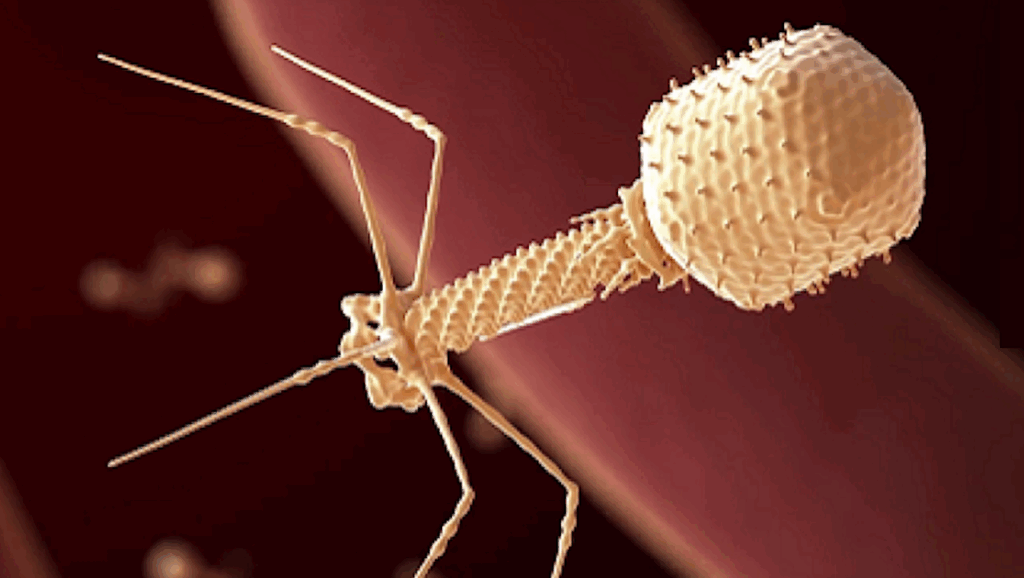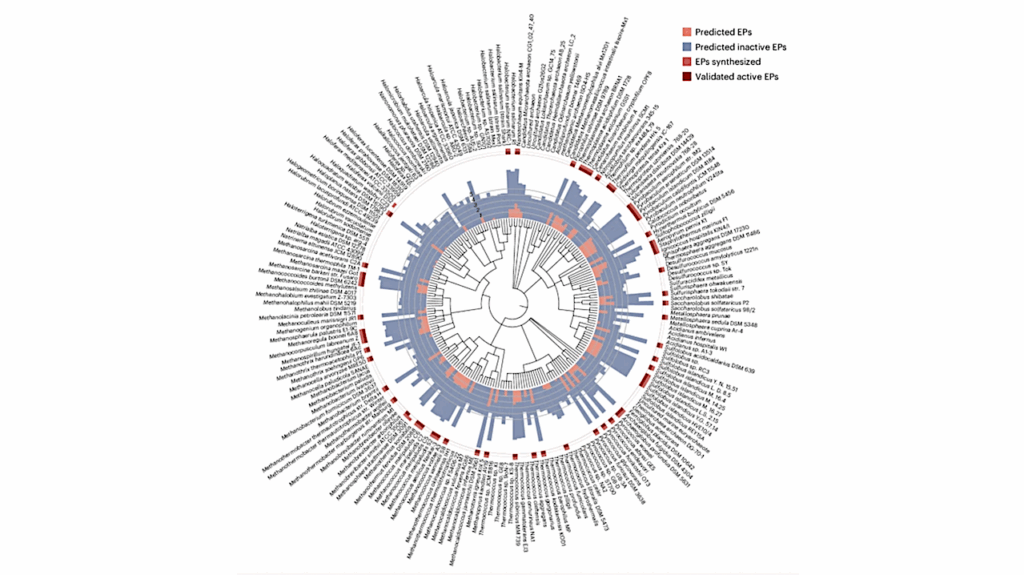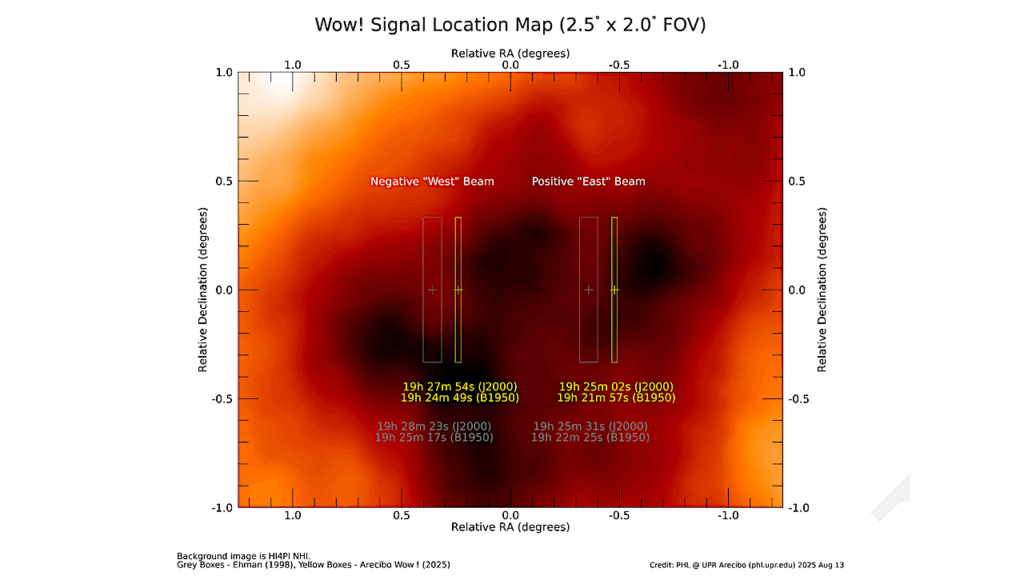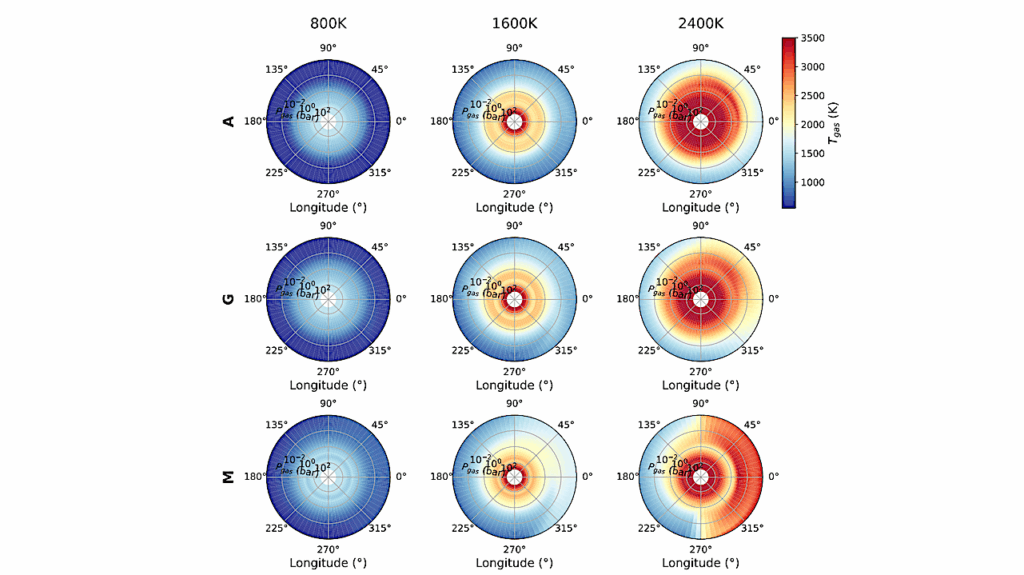Exoplanet Transit Candidate Identification in TESS Full-Frame Images via a Transformer-Based Algorithm
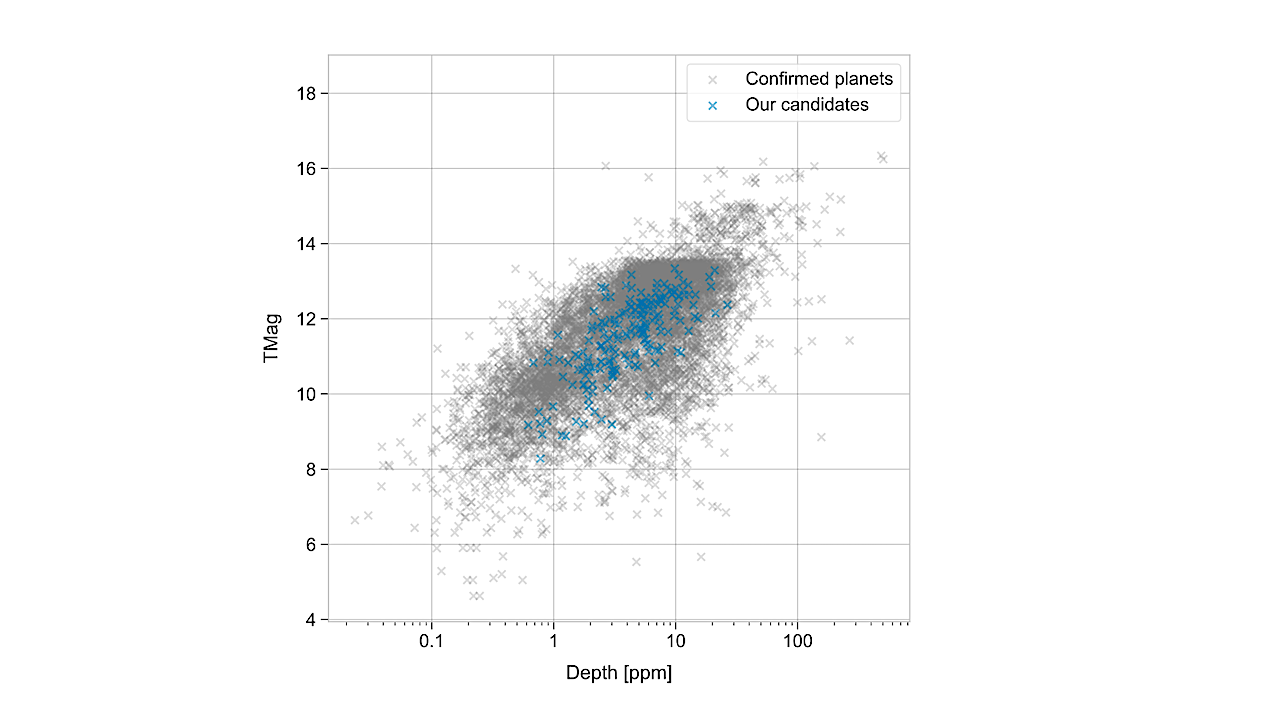
The Transiting Exoplanet Survey Satellite (TESS) is surveying a large fraction of the sky, generating a vast database of photometric time series data that requires thorough analysis to identify exoplanetary transit signals. Automated learning approaches have been successfully applied to identify transit signals.
However, most existing methods focus on the classification and validation of candidates, while few efforts have explored new techniques for the search of candidates. To search for new exoplanet transit candidates, we propose an approach to identify exoplanet transit signals without the need for phase folding or assuming periodicity in the transit signals, such as those observed in multi-transit light curves.
To achieve this, we implement a new neural network inspired by Transformers to directly process Full Frame Image (FFI) light curves to detect exoplanet transits. Transformers, originally developed for natural language processing, have recently demonstrated significant success in capturing long-range dependencies compared to previous approaches focused on sequential data.
This ability allows us to employ multi-head self-attention to identify exoplanet transit signals directly from the complete light curves, combined with background and centroid time series, without requiring prior transit parameters. The network is trained to learn characteristics of the transit signal, like the dip shape, which helps distinguish planetary transits from other variability sources.
Our model successfully identified 214 new planetary system candidates, including 122 multi-transit light curves, 88 single-transit and 4 multi-planet systems from TESS sectors 1-26 with a radius > 0.27 RJupiter, demonstrating its ability to detect transits regardless of their periodicity.
Helem Salinas, Rafael Brahm, Greg Olmschenk, Richard K. Barry, Karim Pichara, Stela Ishitani Silva, Vladimir Araujo
Subjects: Earth and Planetary Astrophysics (astro-ph.EP); Astrophysics of Galaxies (astro-ph.GA); Instrumentation and Methods for Astrophysics (astro-ph.IM); Artificial Intelligence (cs.AI)
Cite as: arXiv:2502.07542 [astro-ph.EP] (or arXiv:2502.07542v1 [astro-ph.EP] for this version)
https://doi.org/10.48550/arXiv.2502.07542
Focus to learn more
Submission history
[v1] Tue, 11 Feb 2025 13:29:58 UTC (1,512 KB)
[v2] Fri, 7 Mar 2025 17:49:02 UTC (1,512 KB)
https://arxiv.org/abs/2502.07542
Astrobiology,



